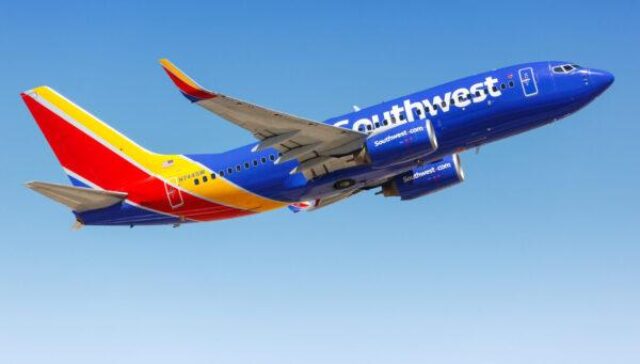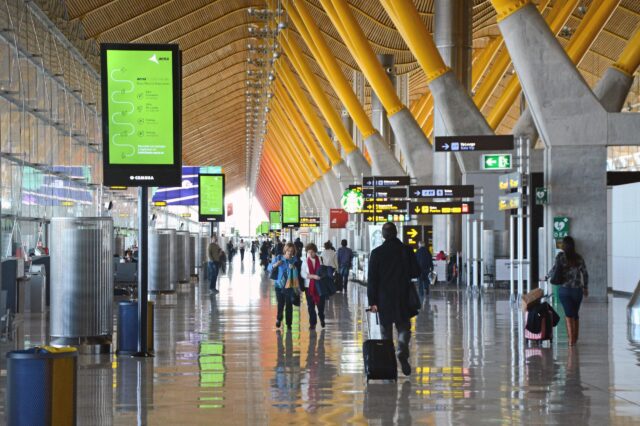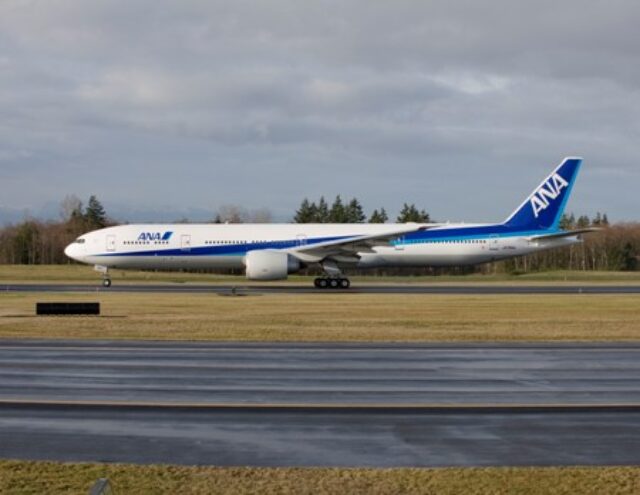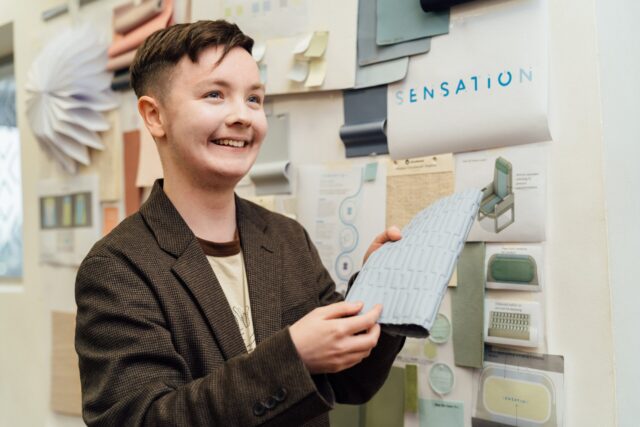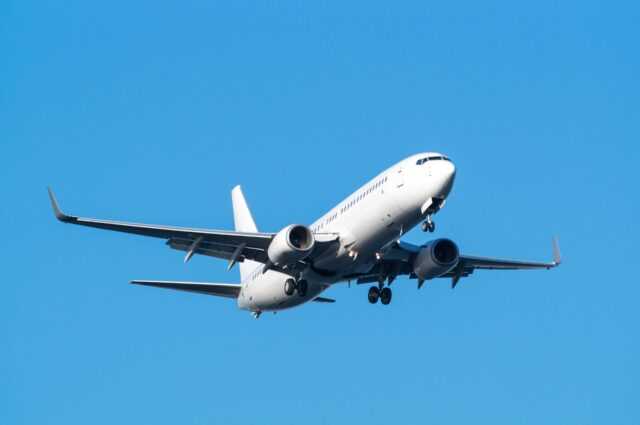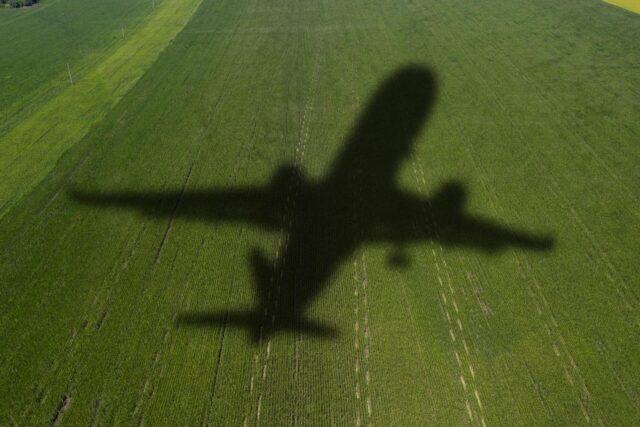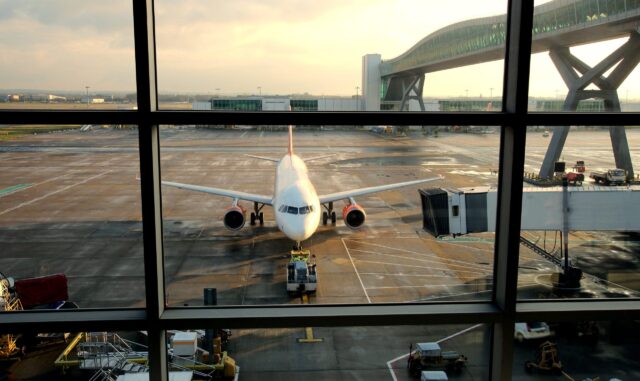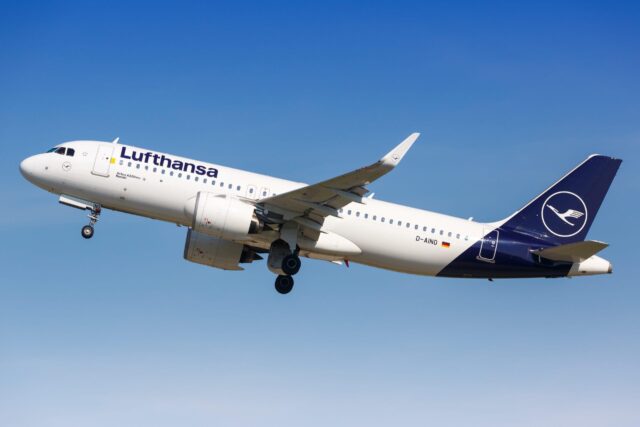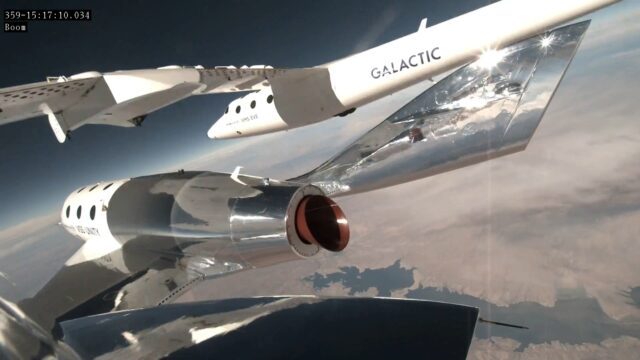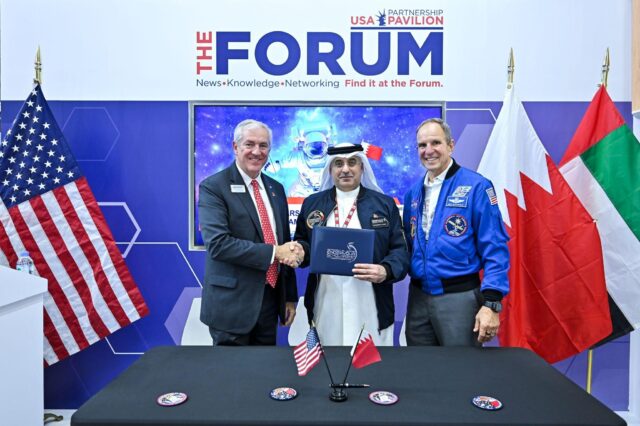Patented Skyportz vertipad to ameliorate downwash

Amid heightened concern of eVTOL downwash and outwash adversely impacting vertiport operations, Australian developer Skyportz has patented a design that intends to dissipate energy up to 250% faster than flat tarmac.
First revealed at Avalon Airshow, the modular vertipad’s technology aims to minimise the space taken up by the landing site, allowing for a smaller footprint or multiple landing pads on a given plot. An initial study conducted with Swinburne University of Technology, which modelled different landing surface treatments, indicated that the Skyportz vertipad could dissipate energy up to two and a half times faster than if an eVTOL were using a flat concrete landing surface.
The space-saving solution comes just month after a January 2025 engineering brief issued by the FAA indicated that upcoming vertiports must possess a downwash / outwash caution area. This built on a study published by the regulator in late December 2024 highlighting the risks generated by eVTOLs. All three pre-production aircraft analysed by the study registered hurricane-force winds at just 82ft from the takeoff and landing centre, with the highest instantaneous maximum velocity recorded as approximately 100mph 41ft away. As such, the study concluded that a caution area be implemented when downwash velocities exceed 34.5mph.
However, although the FAA states that downwash and outwash “must be mitigated through either vertiport design features or operational procedures,” the study noted that given “the variances in design and configuration types, and the complexity of emerging eVTOL aircraft,” it is therefore “difficult to develop a universal model for the prediction of DWOW flow fields from these aircraft”.
“The actual required physical dimensions of the safety zone will likely differ between aircraft but will result in significant additional footprint requirements,” explained Skyportz, which intends to ameliorate the risk of downwash and outwash (and thereby negate the need for a wind safety zone) through its design.
The Skyportz vertipad patent, explained Skyportz CEO Clem Newton-Brown, therefore serves as “the missing piece of the puzzle” for the emerging eVTOL industry; which, as it moves closer to commercial services, will require adjacent infrastructure. “Without a multitude of new vertipad landing sites in places people want to go, the aircraft will never fulfil their potential,” he continued. International air regulators and future vertiport operators have already expressed an interest in the patent. Meanwhile, Skyportz is to continue raising funds to develop the prototype and “lock down [its] global patents” before making it available under license.
Skyportz states it has a “stable of sites across Australia ready to activate,” and is working on securing access to a range of locations – starting with existing helipads and airports – alongside continuing work on its patented modular vertiport. Other potential available locations include sites in Italy, the Netherlands, the United States, Mexico and Peru.
